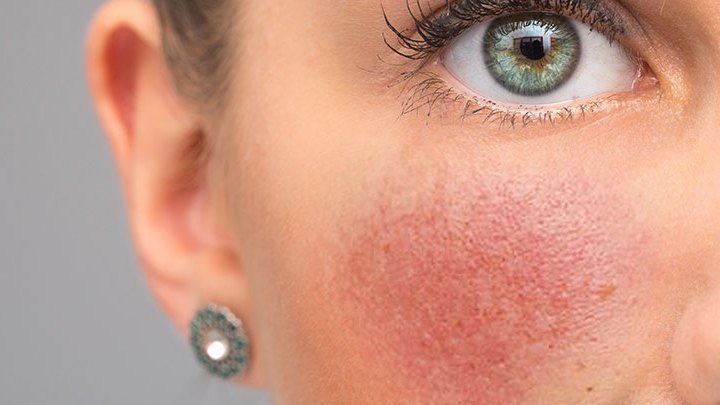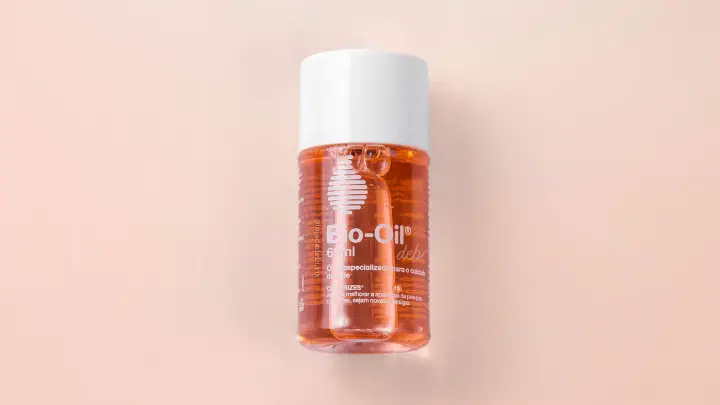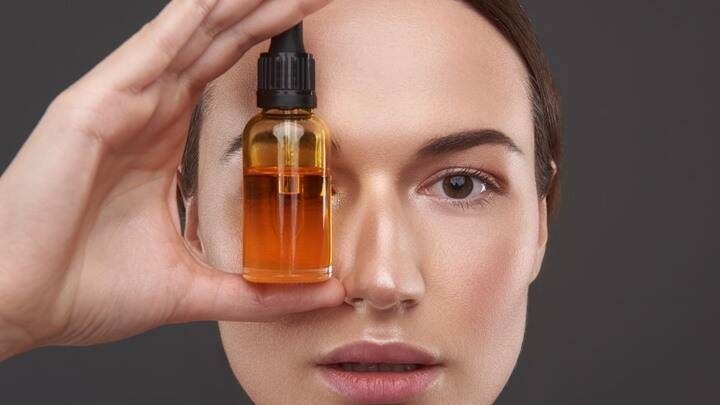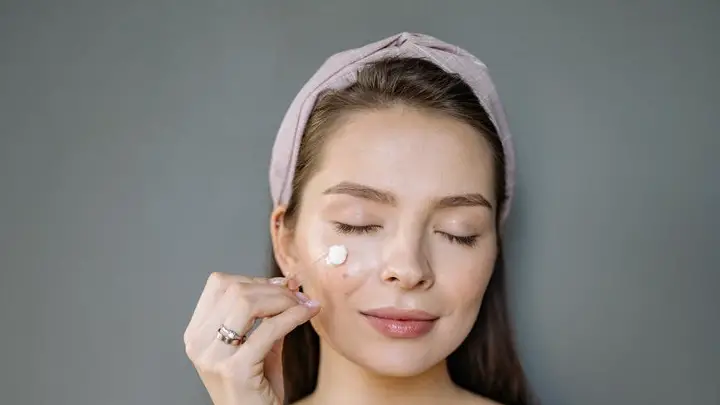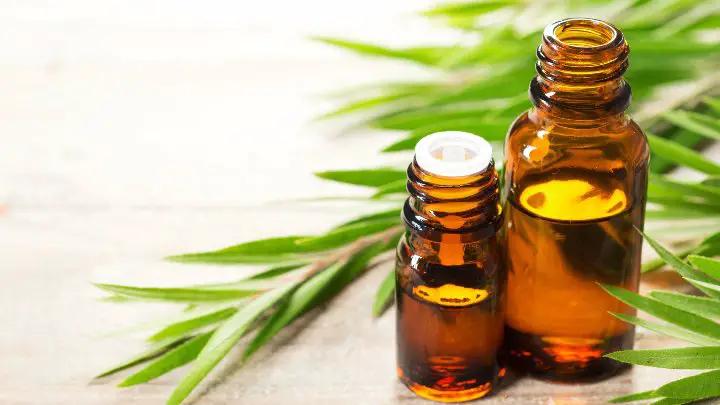If you are someone who cares to stay up-to-date on skincare trends, you must have heard of all the benefits of retinol on the skin. Although retinol is an active ingredient that has proven itself to be a standard ingredient in the market, it is not without side effects.
Retinol side effects happen when you use too much retinol on your skin or when you use it too often. Other things may trigger retinol to irritate your skin. That is why it is important to identify the side effects of retinol and how to treat it.
Read ahead to discover helpful tips on how to treat and prevent retinol side effects from happening.
What Triggers Retinol Side Effects?
Using a high concentration of retinol on sensitive skin can cause retinol burn. Retinol burn simply refers to all the irritation that occurs when you misuse the ingredient.
These side effects happen when your skin can’t tolerate the concentration or percentage of retinol you use on it. The side effects of retinol range from mild to severe, depending on the cause of the side effect.
According to board-certified dermatologist, Claire Chang, “many patients begin to use retinol on their skin without proper knowledge of how to use it without triggering side effects.”
Retinol is not for everyone, even if you want to enjoy the benefits of the ingredient, your skin might not tolerate it at all. That is why you should be careful with the ingredient if you have sensitive skin or skin with sensitive conditions like eczema.
Hadley King, MD, board-certified dermatologist also says that “retinol stimulates regeneration of skin cells and boosts collagen synthesis.” This means that, the more retinol you use, the more your old skin cells shed.
Using too much retinol will cause underdeveloped skin cells to take over and appear on the surface of the skin. These premature skin cells are delicate and sensitive and are prone to getting severe irritation.
Some mild side effects happen when you start using retinol, but those are normal. However, when you begin to notice discomfort and painful irritation on your skin, you may be misusing your retinol product.
What Are the Side Effects of Retinol?
When you start using retinol on your skin, you may experience mild reactions on your skin. But that is okay, and there is no need to worry. Your skin may take time to adjust to the ingredient. This also happens because of the increase in cell reproduction that retinol triggers.
Some of these side effects are:
- Redness
- Dryness
- Itchiness
These mild side effects usually stop occurring after about two weeks of using the ingredient on your skin. If it doesn’t stop, you may have to discontinue the use of the ingredient. You should contact your dermatologist for help regarding that.
However, you may experience worse side effects if you misuse the ingredient. Even though retinol is an over-the-counter retinoid, it is still strong enough to irritate the skin if used too often. Some of these side effects include:
- Hive
- Discomfort
- Peeling
- Rashes
- Burning
- Swelling and so on.
How to Treat Retinol Side Effects
You may have to resort to using home remedies or other means to treat retinol side effects if it is not mild. This is because severe side effects can take a while to heal and can become worse if you leave them untreated. Below are ways you can soothe and treat them:
1. Moisturize your skin
When you experience retinol burn or severe side effects of retinol, it is most likely due to over-exfoliation. However, this can also mean that your skin is in its most delicate moment. Using a moisturizing and soothing ingredient like aloe vera can help to soothe the irritation on your skin.
Aloe vera contains anti-inflammatory and hydrating properties that can help moisturize and reduce inflammation in the skin. You can use an aloe vera gel or moisturizer to achieve this. Simply apply it to your skin every day till the irritation reduces.
2. Soothe your skin with ice
Usually, ice therapy works to soothe discomfort by numbing the source. You can use cool water soaks and ice packs to soothe redness and other retinol side effects. Using a cold compress on retinol burn will help to relieve the pain.
Simply wrap a towel around the ice and place it on the affected skin for about 15 minutes. Remove the towel and you will notice that the pain and discomfort reduce. You can repeat the process every hour.
While you do this, ensure that you do not place the ice on your skin directly. Doing that can cause frostbite on your skin and can also cause your skin to peel off.
3. Use a hyaluronic acid product
Hyaluronic acid is a natural humectant that helps to draw moisture to the skin to keep it hydrated. Using a moisturizer or serum that contains hyaluronic acid will help to remove dryness without irritating your skin.
Simply apply the serum or moisturizer to the affected area of your skin every day to soothe and relieve the side effects of retinol.
4. Apply hydrocortisone cream
Applying an over-the-counter hydrocortisone cream on the affected area of your skin will help to soothe and heal any form of inflammation, discomfort, or burn. It will also help to reduce redness and discoloration caused by retinol on the skin.
Get a 1% hydrocortisone cream in any drugstore and apply as directed by the manufacturer. You may also get directions on how to use it from your dermatologist.
However, avoid using the product around your eyes and also ensure that you do not use it more than twice weekly.
5. Use moisturizers with natural ingredients
A board-certified dermatologist, Dr. Azadeh Shurazi, suggests using a moisturizer that contains natural ingredients on your skin every day to treat and soothe the side effects.
Using a moisturizer that contains artificial properties and chemicals can worsen the side effects. Your best bet is a moisturizer that does not contain any allergens or harsh chemicals.
Apply a natural moisturizer on your skin every day to keep your skin hydrated and help your skin heal faster from the side effects.
6. Drink adequate water to hydrate your body
Drinking adequate water is a natural way to help your skin cells function well and keep your skin healthy. Proper hydration will help your skin heal faster, and it is also a way to soothe and prevent the skin from dryness.
How to Avoid Retinol Side Effects
Using retinol on your skin correctly is the best way to prevent side effects from happening. When you want to start using retinol on your skin as a first-timer, start with a low percentage of the ingredient.
Using a high concentration product at the first go can cause severe burns and irritation on the skin. Start with 0.1% of retinol and build up a higher percentage as time goes on.
Limit your usage of the product to once or twice weekly when you start using it. This will help to build your skin’s tolerance for the ingredient. You can build up a more frequent usage as your skin gets used to it.
Do not apply retinol on damp skin—be sure to wait till your face is completely dry before applying it. Ensure that you moisturize your skin after using the ingredient as this is the best way to prevent dryness.
Wait for a couple of minutes after the application of retinol to apply your moisturizer. Always apply sunscreen on your skin every morning to protect your skin from environmental damage.
Furthermore, avoid using retinol with AHAs/BHAs, and other vitamin A derivatives as this can trigger irritation and unwanted side effects.
How Long Do Retinol Side Effects Last?
Retinol side effects can last on the skin for weeks, depending on how severe it is. A mild reaction to retinol can last for a week or two. However, a severe reaction can last for a month or more if it is not taken care of.
It is best to use the remedies recommended to help the side effects and irritation heal faster.
Frequently Asked Questions
Do you use retinol before or after moisturizer?
Before moisturizer. Use your retinol serum before moisturizing as this will help to prevent the drying effect of retinol on the skin.
Using a moisturizer before retinol will cause it to penetrate too deep into the skin and that may trigger side effects.
What can you not mix with retinol?
Benzoyl peroxide, and AHA/BHA acids. You shouldn’t mix retinol with any of those active ingredients as that can cause your skin to get irritated.
Combining retinol with other active ingredients can trigger severe side effects and irritation.
Is retinol safe to use every day?
Yes, it is. However, this depends on your skin type and the strength of the retinol product you use.
Sensitive skin cannot use retinol on their skin as often as daily usage. Likewise, you cannot start using retinol on your skin every day if you are a first-timer.
Conclusion
Despite being a favorite amongst skincare lovers, retinol has its own disadvantages and those are its side effects. Retinol can cause irritation, itchiness, redness, swelling, rashes, and so on, all of which are caused by misuse of the ingredient.
Using retinol on your skin correctly is important and that is the only way to prevent the side effects from happening. If you are experiencing the side effects of retinol, follow the remedies recommended in this article to help you heal your skin quickly.
Thanks for reading.
Visit Serum101 to read guides on how to use your skincare products properly to avoid unwanted side effects.
